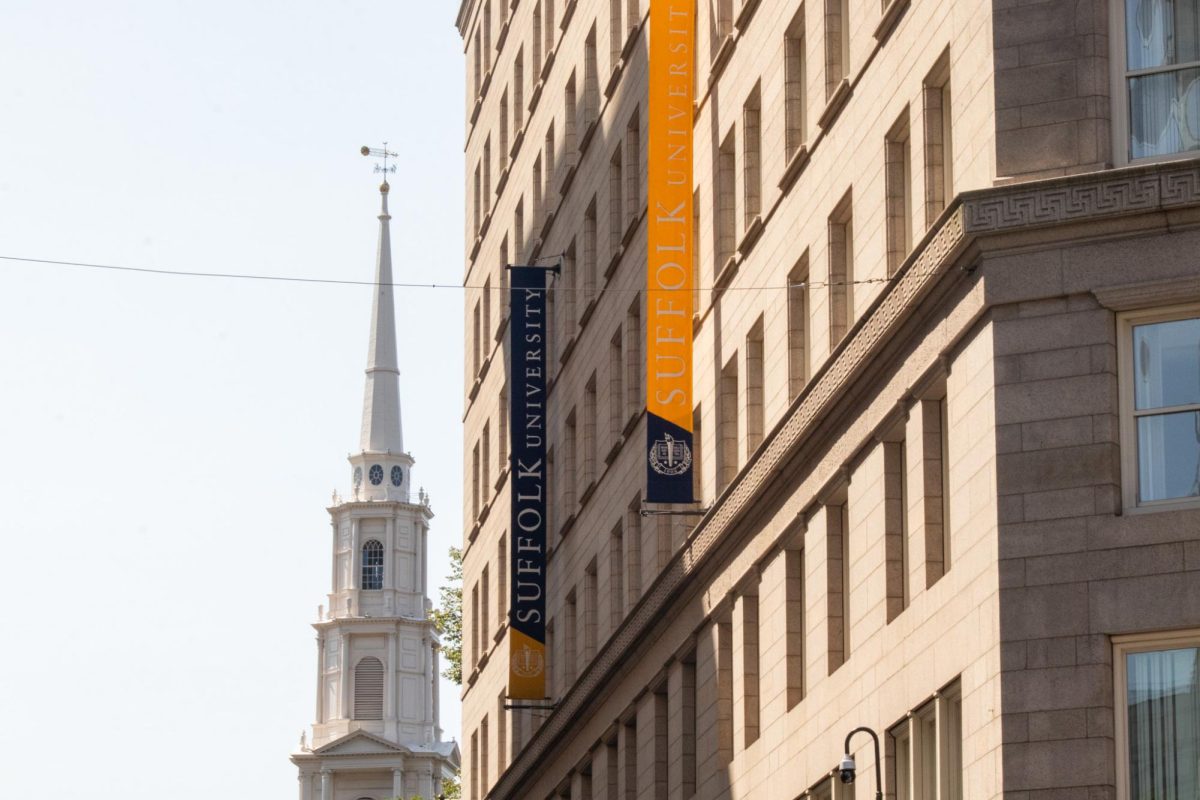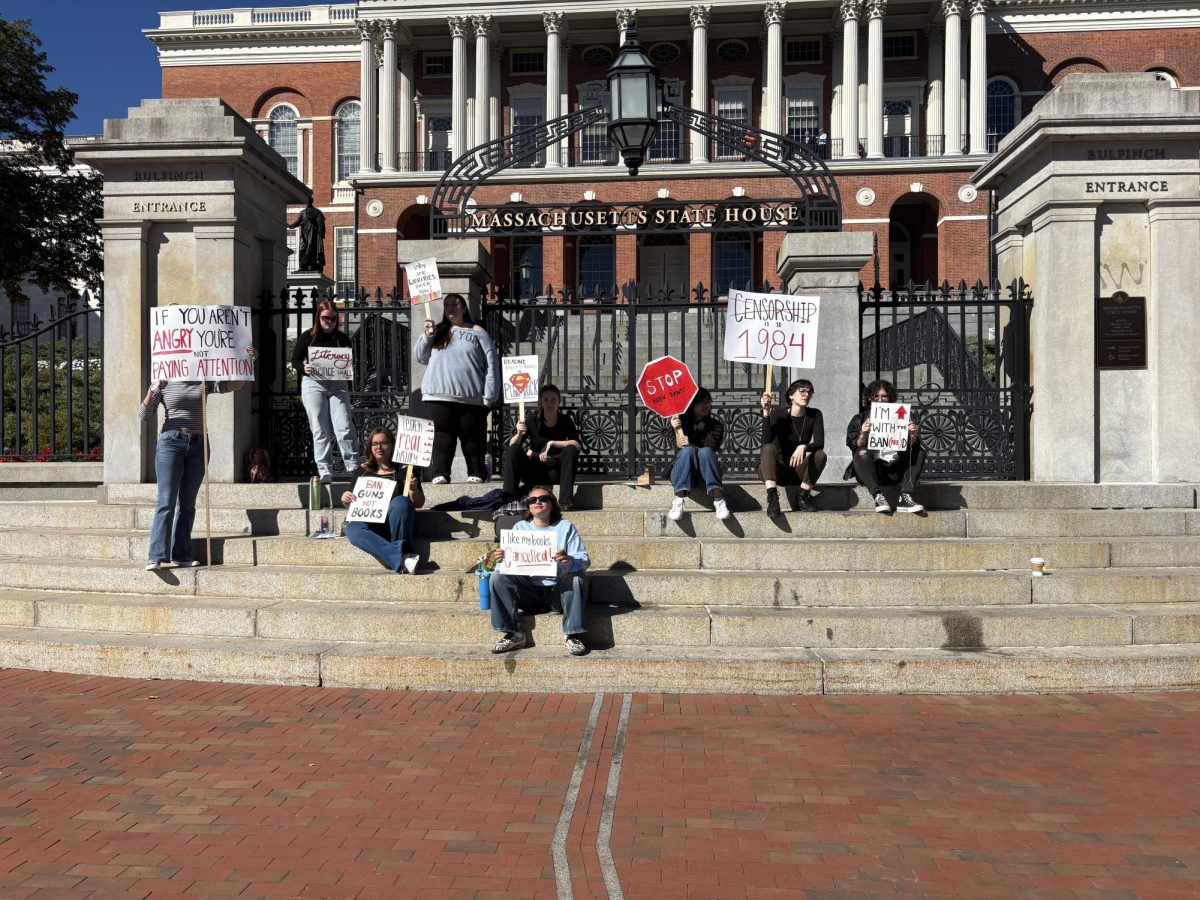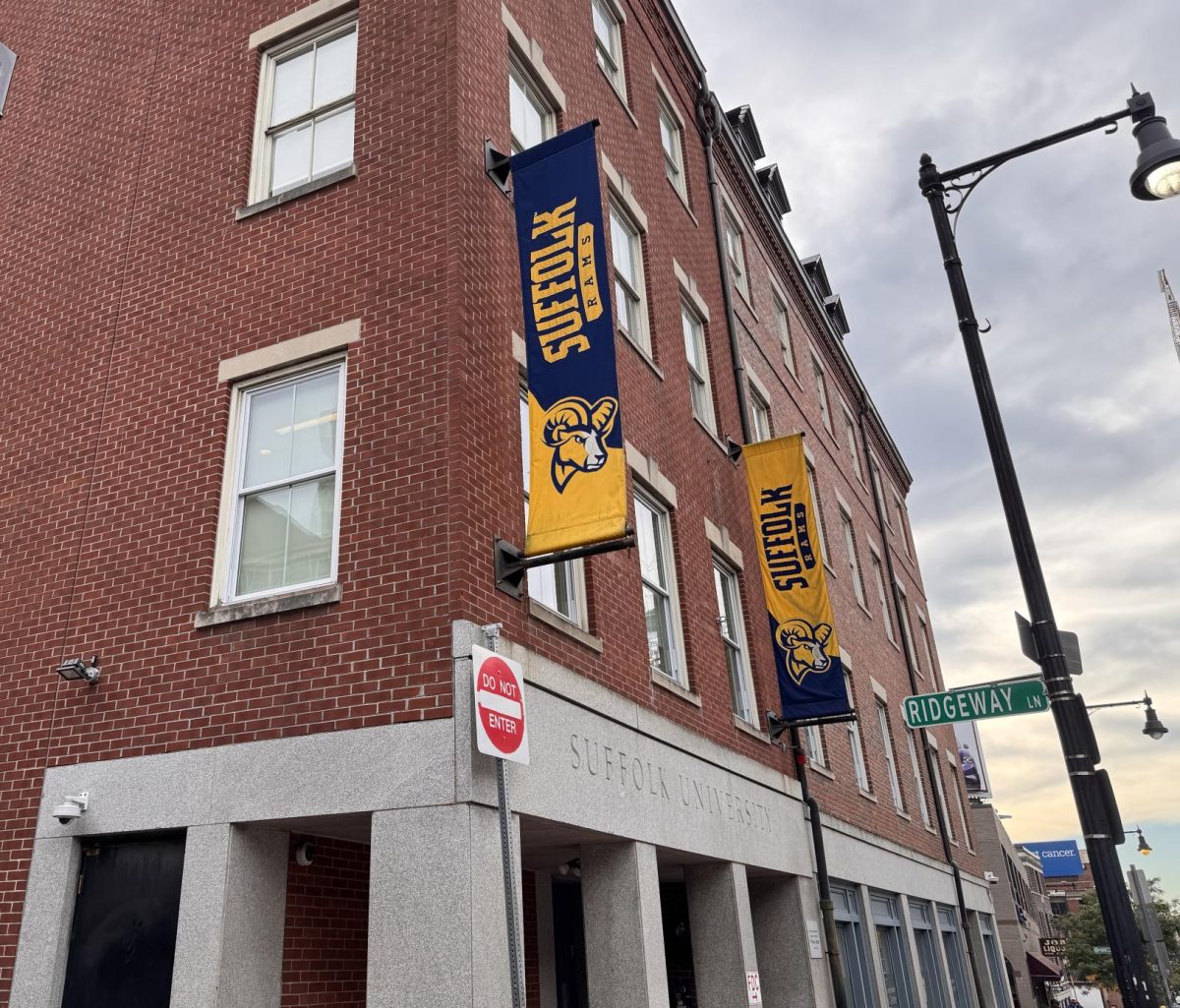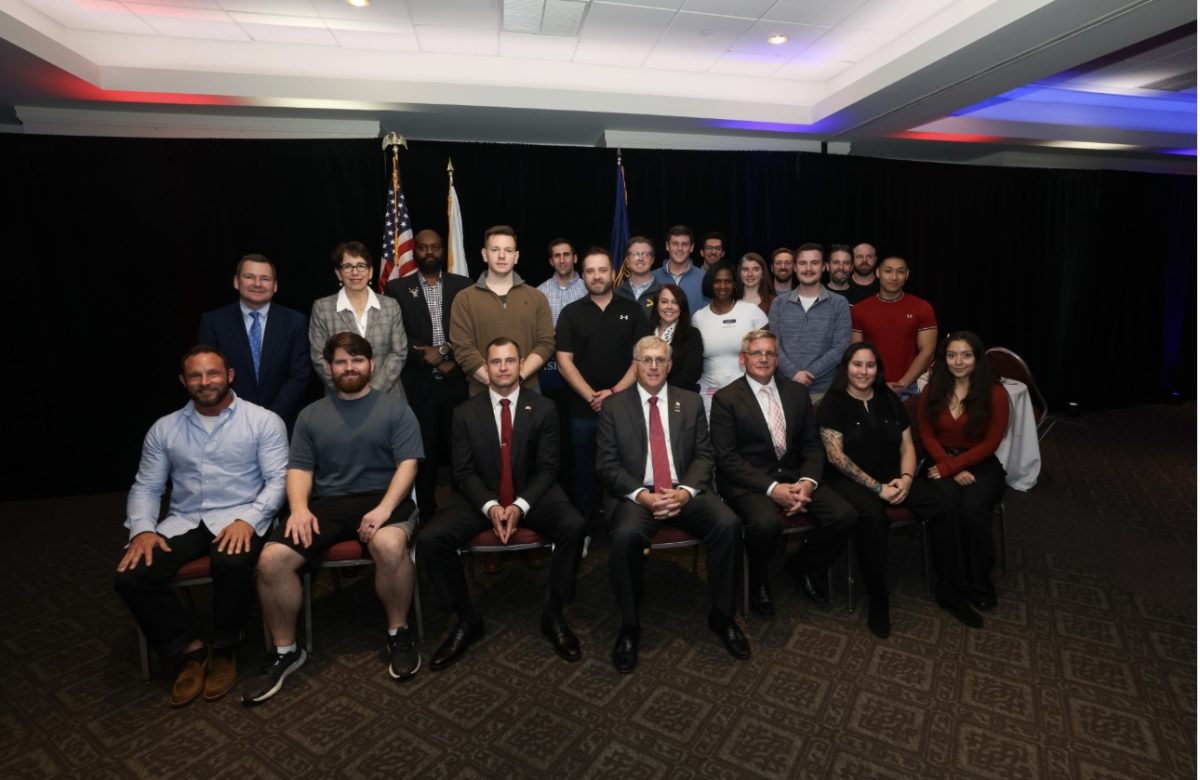Melissa Hanson Asst. News Editor
Scaffolding has been on the Sawyer building since July, and according to Senior Director of Facilities Planning and Management Gordon King, it has been part of a much needed renovation.
The scaffolding is in place so the windows of the building could be replaced from old wooden ones to new, more energy efficient aluminum ones. The project will be finished by the end of this month.
“We just can’t wait for the scaffolding to be down,” said Gordon, “It’s nice for projects to be finished.” He has been working on this project since early 2012. The old windows in Sawyer were leaky, falling apart, and not energy efficient, according to Gordon, and after a pane fell from the 6th or 7th floor last year, luckily injuring no one, it was apparent they needed replacement.
The design for the project was established in early 2012. From there, Gordon chose Joe Kennedy of Casali to be the project manager, and chose to use scaffolding from Lee Kennedy, no relation, a company Suffolk has used before. Both Joe Kennedy and King stressed the amount of time spent planning the project prior to construction. Lee Kennedy was hired in May and needed two months prep work and mobilizing to obtain the scaffolding. From there the project was off.
This project is costing Suffolk over 1.5 million, which is less than planned, according to Gordon. He says that the university has an annual budget of $8.5 million for projects like these and that it is, “well worth the money.” According to Andelman and Lelek Engineering, Inc., who prepared an energy savings estimate for King, the windows will save Suffolk 87,000 KWh of electricity, or $16,000 yearly.
Joe Kennedy described this project as a “big upgrade.” As the project manager he had to survey the site area and handle all the logistical planning of the window replacement. Although it was a time consuming project, he says he is happy with the overall progress.
The scaffolding itself was originally supposed to be constructed using the sidewalks for support, but because they are hollow and would not support the scaffolding, it had to be anchored on the roof of the building. Aside from the change in plans on the placement of the scaffolding, Kennedy says Sawyer was an easier project because of its easy accessibility. Because Sawyer is on a one way street with the available parking lot on the right and access through Miller Hall when needed, it was an ideal location for this type of project.
“Everything went smoothly,” said Kennedy, “[it was] easier than most.” The project required, at full, about five teams, according to Kennedy. This includes painting, abatement, masonry, and installation, in teams of two or three members each. The superintendent and laborer were provided by Lee Kennedy.
The project only suffered a few slight delays since July. They had to make their schedule around the class schedule in Sawyer and were held up due to this month’s rain.
Neither Joe Kennedy nor Gordon King has heard feedback from students or faculty concerning the project.
“[No feedback] is good with a project like this,” said Kennedy.
Although they have not heard feedback, Suffolk students have opinions about the project. Sophomores Emily Persson and Mari Leclerc have classes in the building and find the construction to be more of a nuisance than anything else.
“It’s literally so distracting…even some of my professors get distracted looking out the windows. I just don’t think that the window project was a good idea to do during the school year,” said Persson. She was surprised to hear about the amount of planning that went into the project.
“I feel like that type of job shouldn’t cost that much and that money could be going towards something more important,” said Leclerc, “I think they look nice…I mean I am not sure if they are making any noticeable changes.”
Greg Gatlin, vice president of Marketing and Communications at Suffolk says, “The window replacement project in the University’s Sawyer Building is scheduled to be completed by the end of the month and will provide that building with weather resistant, energy efficient and thermally improved windows. We expect it will result in some reduced energy use and carbon dioxide emissions as well.”
“It’s a never ending job,” said King, who is already planning construction and setting aside millions for projects at 150 Tremont in 2013.












